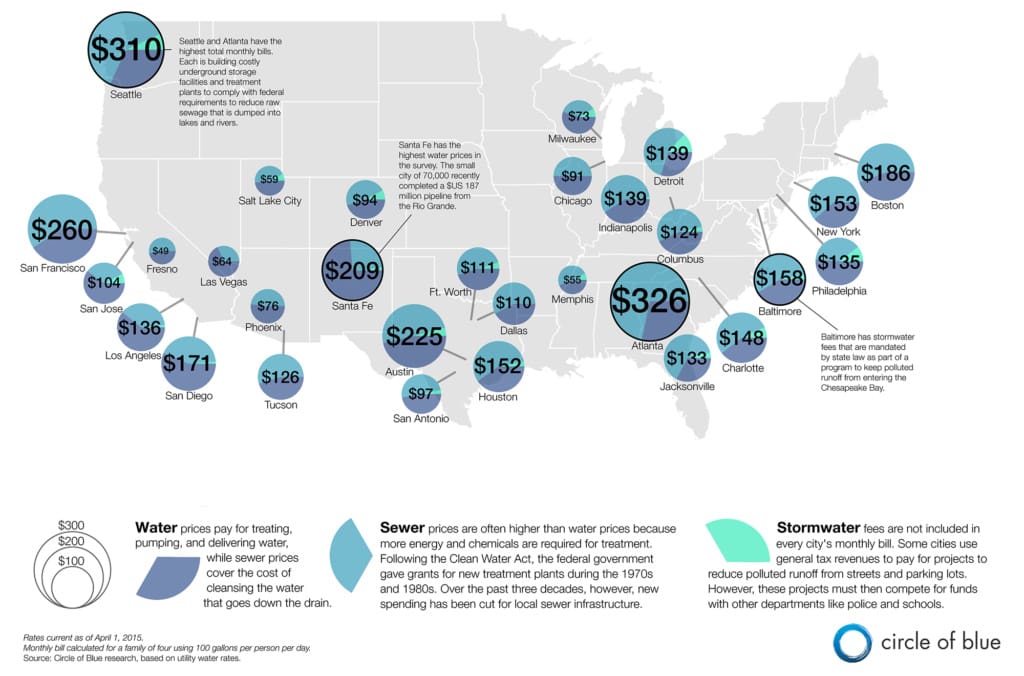Is onsite water reuse right for my project?


You have likely heard the familiar sustainability adage: reduce, reuse, recycle. But have you heard it applied to water? If you’ve read our background on wastewater reuse blog, you know that our focus at Epic is to transition the industry toward a more circular approach for water and wastewater management. Our goal is to implement onsite wastewater reuse in as many projects as possible —by reducing potable demand, reusing water, and recycling wastewater resources, onsite reuse can accomplish all three of the R’s. Aa true sustainability slam dunk.
However, we also know that not all projects are suited for onsite reuse. There are many factors to weigh aside from sustainability impact: cost-benefit, regulations, market fit, and more. If you are considering onsite reuse for your project and whether it check’s all of the boxes, this high-level outline will help inform that decision-making process. And as always, we’re happy to answer any questions you have as it relates to your specific project.
Considerations for onsite water reuse in buildings
While each project is unique, below are a few considerations that are most helpful in determining if a project is a good fit for onsite water reuse technology.
Location & gross square feet (GSF)
Simply put, the larger the project, the more suitable it is for onsite reuse. This is because larger projects use more water, which increases the potential utility bill savings. A small project using a small amount of water is typically not going to be able to offset the capital costs of the system and the ongoing costs of the O&M in a target payback period.
The other consideration in that analysis is the project’s location, which determines the municipal water and sewer utility rates. Larger cities on the coast, such as San Francisco, Seattle, and D.C., have higher water and sewer utility rates, meaning they must pay more per volume for using municipal water. The infographic below gives an example of combined water and sewer utility rates across the United States.
The best use case, therefore, is a large project in a city with high utility rates. However, smaller projects in cities with high utility rates, and conversely, large projects in cities with lower utility rates, can also show favorable ROIs. For example:
- In Seattle, the estimated payback period for a greywater system serving a 300-unit multifamily residential building is five years.
- In Seattle, the estimated payback period for a blackwater system serving a 700,000-square-foot office building is three years.
- In Atlanta, the estimated payback period for a greywater system serving a 1,000-unit multifamily residential building is seven years.
- In New York City, the estimated payback period for a blackwater system serving a 500,000-square-foot office building is seven years.
These simplified examples give an idea of how size and location affect the financial return of a wastewater treatment system. The calculations also assume that water is being reused for flushing, laundry (as applicable), and cooling towers, and include estimates for design/system cost as well as annual O&M. They do not include installation costs, which will vary by region. The end use demands of your project may be different, which will change the analysis considerably.
In general, the more water usage that the onsite treatment system can replace, the better.
Available end use
Once water is recycled and treated, where will it be utilized? Identifying available end uses for recycled water is an essential decision in the design process.
Luckily, there are many options! United States regulations allow wastewater to be reused for toilet and urinal flushing, irrigation, cooling equipment makeup, ornamental water features, and clothes washing. Now you may think: clothes washing?! Yes! In fact, the city of San Francisco requires recycled water to be used for clothes washing, and other jurisdictions may soon be on the way.
Usually, the most straightforward option is the flush fixtures. This is because flush fixtures and clothes washers operate daily and on a predictable schedule, generally aligned with the pattern for wastewater supply.
Irrigation and cooling equipment makeup are also great options because they have the potential to use a very large volume of water, but the seasonality of the water demand will need to be considered. If recycled water is used solely cooling tower makeup or solely irrigation, an optimization analysis will determine how to size the treatment system for optimal payback while covering the most amount of the seasonal peak water demand as possible.
Local/state regulations
It’s important to conduct research or speak with an expert to determine what regulations exist in your area governing wastewater reuse. You may find that some level of wastewater reuse is required. You may also find that while it may not be required, attractive grants and incentives exist to motivate projects to install wastewater reuse. Connect with us if you’re interested in finding out what grants or incentives may be available in your area.
Here are some examples of U.S. cities with current wastewater reuse regulations:
- San Francisco: requires most new construction over 100,000-square-feet to install wastewater reuse.
- New York City: offers 25% reduction in utility fees if wastewater reuse systems cut the building’s water use by 25%, and a 75% wastewater fee discount for properties that discharge less than 25% of their total annual wastewater flow to the city’s sewer system.
- Austin: requires all cooling towers in multifamily and commercial buildings to be supplied with non-potable water from an onsite reuse system, and starting 2024, the city will require most developments over 250,000-square-feet to recycle greywater or rainwater and condensate.
Even if wastewater reuse is not required or incentivized, local jurisdictions may very likely have rules and regulations governing the design and implementation of onsite reuse systems. Engaging regulators early in the process will streamline the process and ensure that the system is designed to and operating in accordance with all local and national standards. Epic Cleantec can help with this process.
Sustainability goals
Is your project targeting LEED Certification? How about the Living Building Challenge? These certifications can enhance a building’s reputation, property value, and user satisfaction. It’s also a great way to market your building to future residents or tenants!
An onsite wastewater reuse system has the potential to earn a project up to 25 LEED points. The graph below shows the huge benefit that an onsite wastewater treatment system can add to a LEED project. One thing to note is that this estimate is based on a project in California and points may vary between regions and/or sites.

Type of Construction
Is your project a retrofit or new construction? Either can work, but there are important parameters to keep in mind for a retrofit. Is the plumbing infrastructure for recycled water piping installed, or can be installed without cost prohibitive demo? Does the site have room for the equipment and tanks, and can they be installed without prohibitive demo? It is helpful to speak with a professional engineer to determine whether an installation is feasible for all types of construction.
New construction projects provide flexibility in the design and scope if onsite reuse is considered early on. We serve as the single point of contact to walk you through the entire process, from design to installation and permitting of the system.
While these considerations are not comprehensive of all the necessary drivers, they should serve as a good starting point to think about for your next project. One of the biggest drivers is location, and factors such as local climate, regulations and utility rates make an impact in ROI. Interested in learning more? Read more about how we determine ROI for projects.
The information covered here represents only a tiny fraction of the information on onsite wastewater reuse systems. Let’s discuss your upcoming project to see if onsite water reuse is right for it!
Ready to reduce annual water/sewer costs and enable resilience in your next project?
Let’s talk!


